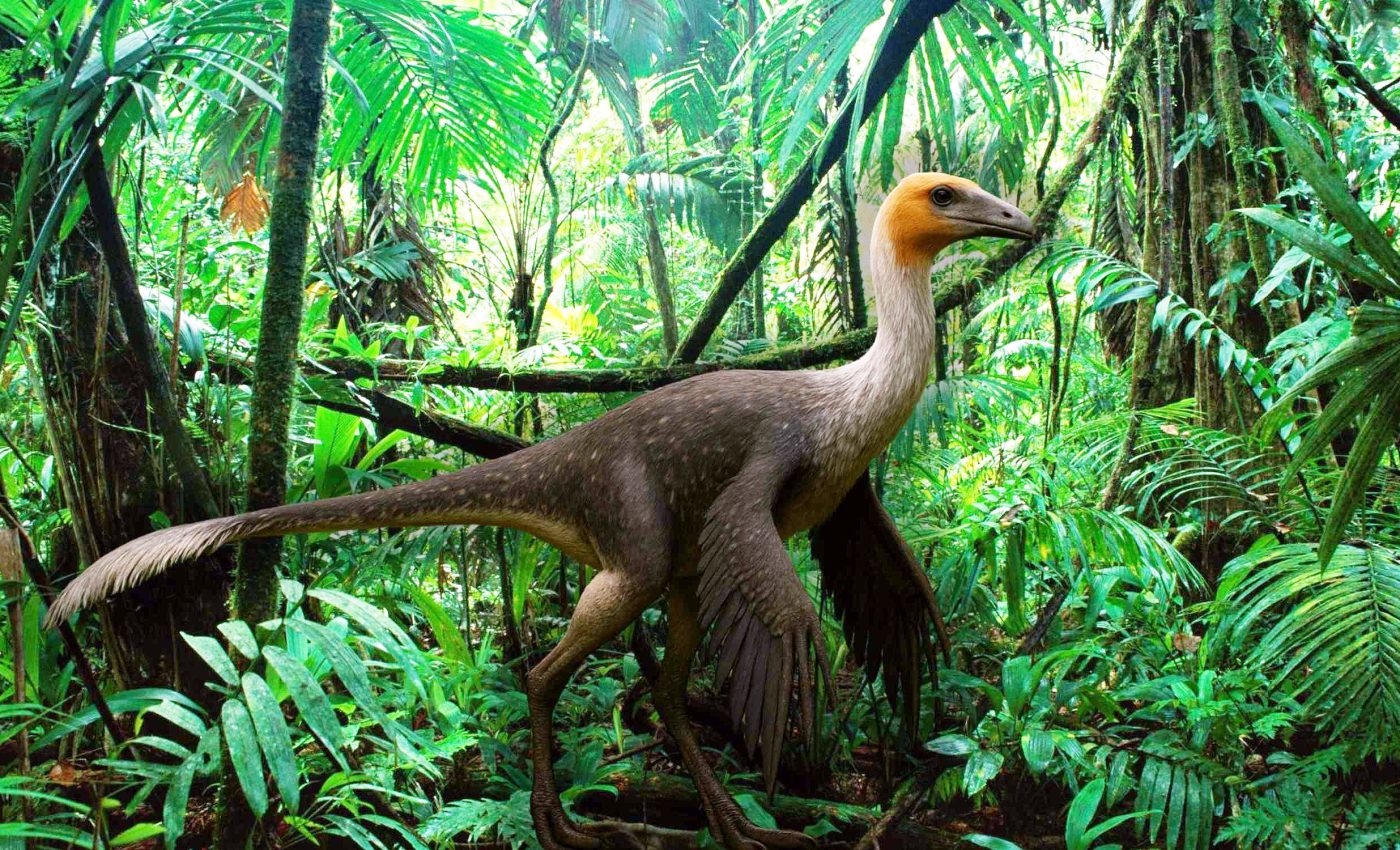
Discovery of a Cretaceous 'ostrich' with extremely long arms opens new dinosaur debate
A newly recognized dinosaur with extra-long arms has caused a stir in paleontology circles. It appears to have roamed what is now northern Mexico about 73 million years ago, leaving behind tantalizing clues about its life and habitat.
Dr. Claudia Inés Serrano-Brañas of the Smithsonian Institution led the team that analyzed the fossilized remains.
They identified it as an ornithomimid, a family of bird-like dinosaurs that often sported sleek bodies and slender limbs.
Understanding Mexidracon longimanus
Mexidracon longimanus stood around 10 feet from head to tail. It is described as having especially elongated forelimbs, giving it an unusual silhouette that sets it apart from other members of its group.
These dinosaurs are typically known for speed and agility. Paleontologists think ornithomimids relied on their long limbs and lightweight frames to navigate their environments without much trouble.
Experts suggest that the extended arm bones on Mexidracon longimanus hint at specialized behaviors. Some researchers believe long arms could have helped with feeding strategies or movement through dense vegetation.
This species marks only the second ornithomimosaur found in the Cerro del Pueblo Formation in Coahuila.
The fact that another close relative, a deinocheirid, also called this formation home points to a larger variety of so-called theropod lineages in the area.
What are ornithomimosaurs?
“Ornithomimosaurs are a clade of ostrich-like theropod dinosaurs characterized by relatively small and delicate skulls with large orbits, long necks, elongated forelimbs with non-raptorial manus and long cursorial hindlimbs,” explained Dr. Serrano-Brañas.
Body size can range from small forms (over 12 pounds) to the large Late Cretaceous Asian species Deinocheirus mirificus (6 tons).”
Scientists first recognized ornithomimosaurs more than a century ago. Their name derives from Greek words meaning “bird-mimic,” referencing their superficial resemblance to modern flightless birds.
The coahuila connection
The Cerro del Pueblo Formation has yielded several notable dinosaur finds, including this new one. It belongs to the Campanian stage of the Late Cretaceous, when shallow seas and lush vegetation spread across large parts of North America.
Paleontologists traced many local fossils to ancient floodplains and deltas. These environments likely provided abundant food, attracting a variety of dinosaurs, including smaller theropods and massive hadrosaurs.
Why Mexidracon longimanus matters
Mexidracon longimanus highlights the diversity of ornithomimids in southern Laramidia. This area was once a separate landmass during the Late Cretaceous, isolated by an inland sea that covered much of the central region of North America.
For years, most ornithomimid research focused on Canadian and U.S. sites. The discovery of these bones in 2014 helps fill in gaps about how these bird-like dinosaurs spread across what is now Mexico.
Additional bones from Mexidracon longimanus are stored at the Benemérita Escuela Normal de Coahuila museum. Researchers hope they will reveal more clues about the dinosaur’s growth, diet, and possible social behaviors.
Its extreme limb proportions could hint at broader differences within the family. Experts are keen to compare these remains with other fossils to see whether similar arm features existed elsewhere.
Slim build, big intrigue
Ornithomimids probably had toothless beaks. Many were either herbivorous or omnivorous, though some might have eaten small prey in specific conditions.
Even though this dinosaur appeared “ostrich-like,” it had a unique skeletal framework that sets it apart. Paleontologists are thrilled by the promise of analyzing something truly distinct in an already fascinating group.
Clues hidden in the bones
Bone structure plays a key role in determining how dinosaurs moved. In the case of Mexidracon longimanus, the team noted that its metacarpals – the palm bones – were longer than its foot bones, which is rare among similar species.
This unusual proportion may have affected its balance, stride, or how it interacted with the environment.
Combined with a slightly longer femur than tibia, it hints at movement patterns that might have been slower or more deliberate than expected for a lightweight theropod.
Step toward deeper understanding
Ancient creatures like Mexidracon longimanus can reshape ideas about evolutionary experiments in dinosaur body plans.
Each new discovery from Mexico adds to the picture of what Late Cretaceous ecosystems looked like on a sprawling land bridge.
This long-armed figure could inspire a renewed search for more fossils across Coahuila. That region might contain additional specimens waiting to be recognized, shedding light on how different species lived together.
What’s next for Mexidracon longimanus?
Researchers have been excited to confirm that this dinosaur belongs to Ornithomimidae. Detailed studies into its skeleton will likely continue for years, supported by advanced scanning and reconstruction technology.
There is interest in investigating if these extended arms were tied to feeding or courtship displays. Finding answers demands more fieldwork and collaboration among institutions worldwide.
The study is published in Cretaceous Research.
—–
Like what you read? Subscribe to our newsletter for engaging articles, exclusive content, and the latest updates.
Check us out on EarthSnap, a free app brought to you by Eric Ralls and Earth.com.
—–













